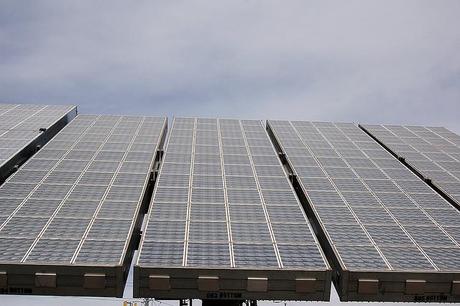Push for Solar Power: A Strong Yet Silent Aussie Revolution
Many Australians want to switch to solar power. Why? Because they believe that this is the wave of the future. A recent study found that 9 our of 10 Aussies prefer solar to other forms of energy. The study, conducted by Earnst & Young, discovered that money was a key driving force for 70 per cent of those who had already installed solar panels.
The cost of installation, however, was a major limiting factor. While Australia enjoys plentiful sunshine during the year, the costs for installing solar can be tens of thousands of dollars – more than most people can afford.
The survey also found that about 1 in 3 Australians had missed an electricity bill payment in the past 12 months, and more than one in 10 have missed more than three payments. In total, roughly 70 per cent of Aussies are worried about being able to pay their electric bill every month. Rising electricity bills is cited as the primary reason for peoples’ fears.

Solar Power Is Growing
Australia has more than 1.2 million homes with solar panels installed on roofs, and with companies like Blue Star Energy offering a solar feed in tariffs (where the company pays you for any unused solar energy you generate), the attraction to solar is understandable.
Growth is expected to continue, despite the costs.
Home Owned Solar Panels
The cost of electricity remains high as the number of alternatives rise for homeowners; 19% of homeowners (and rising) now leverage solar panels or have solar water heaters.
Constant sunlight and a proliferation of vendors ensure a wider embrace throughout Australia. Tax breaks and government incentives entice even rural and low-income families to adopt solar panels. Actually, 4o percent of panels are installed in those regions.
Speed Cameras
This isn’t something most Aussies want to know, but speed cameras – the kind used to catch you if you’re speeding, are now able to make use of solar panels during the day to capture images of speeders.
Don’t fret though. If you’re a safe driver, this just means safer roads for you. And, yes, they still work at night.
While the notion of ‘getting caught’ is not pleasant, the location of permanent cameras is published on police web sites, reminding the public that cameras are serving as a means of better safety rather than a reason to produce more fines.
Radio announcements and even mobile apps which alert drivers of nearby cameras and speed traps, help Aussies avoid costly tickets as well as serves as constant reminder to mind speed and keep roads safe.
Solar-Powered Rubbish Cans
Solar-powered rubbish bins will reduce the impact of trash in cities, reduce greenhouse gas emissions by 80 per cent, and allow trash cans to collect more trash, by using solar-powered compactors to compact trash.
You may have already seen some of the trash compactors on the streets. They work similar to normal rubbish cans, but they incorporate a special compactor that compresses the trash to make room for more. It means that garbage trucks don’t have to run quite as often to pick up the trash, reducing the fuel used by garbage collection companies.
BigBelly, a supplier of cans in the United States, report cans hold 80 % more waste and reduce related emissions by 80 percent. The bustling and urban city of Philadelphia replaced 700 cans with 500 solar cans, reducing weekly trips by garbage workers by two-thirds and saving the city 70 percent in costs.
Solar Stadiums
Taiwan’s National Stadium generates 100 per cent of its electricity from solar – 8,844 solar panels power the track and field with 3,300 lux.
A growing number of American sports stadiums have followed suit, hosting solar panels, wind turbines, and natural gas generators. Solar alternatives inspire owners and field managers to invest in other methods of self-sufficiency and in the promotion of green methodology. Philadelphia, a ‘green city,’ aspires to host the first self-sufficient American football stadium.
Now that the cat is out of the bag, it is only a matter of time before Australian designers can also look at ways of using the suns energy in their stadium designs.
Solar-Powered Phones
New charging designs promise to charge your next smartphone, tablet, and possibly even computer using the sun’s energy. This would allow you to take your phone with you anywhere, without having to use any external plug to charge the device. The option for these charges is still limited, and major manufacturers don’t officially support them yet, but they’re on the horizon.
Solar Planes
Unbelievably, the solar industry has helped create the first solar-powered plane, which is composed of 12,000 solar panels. It can fly day and night, and is currently undergoing test flights. Right now, it’s working towards a world-wide journey.
Solar planes can be used for other means other than transportation. Governments consider them for domestic and international surveillance; and, communications companies, such as Google, ponder ways to use small planes, blimps, and floating devices to promote service and Internet use. A unique aspect, solar planes are shaped like flying rulers, with long wingspans and limited lengths.
Tyler Gascoigne is a retiree on a fixed budget and a solar energy enthusiast. When the weather won’t let him work outdoors, he likes to sit and share his insights with others. You can find his interesting articles on a variety of websites and blogs today.

